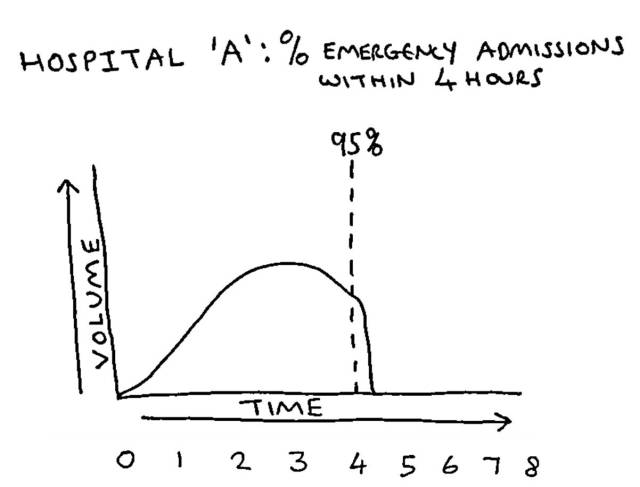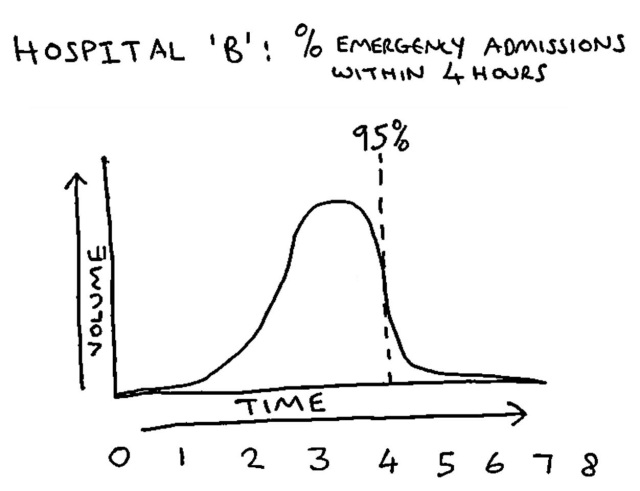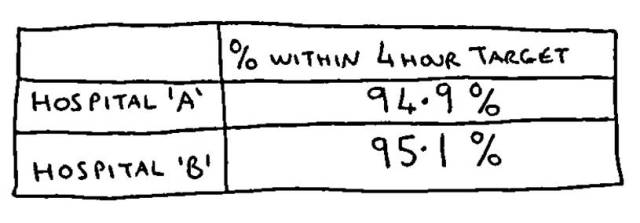 Here’s Stick Teacher. Today Stick Teacher is going to run through a few sums with the Stick Children. Adults might find his case studies useful too. Stick Teacher is going to demonstrate how to save money whilst providing a better service – what’s not to like? 🙂
Here’s Stick Teacher. Today Stick Teacher is going to run through a few sums with the Stick Children. Adults might find his case studies useful too. Stick Teacher is going to demonstrate how to save money whilst providing a better service – what’s not to like? 🙂
To do this, he’ll use the example of a generic public sector call centre (*police / ambulance / fire / tax office / housing department / other). *Delete as applicable.
The idea that these call centres save money seems to be based on the premise that if you put a lot of people in a central location and give them a specific function that forms part of the overall service provided, it’s cheaper.
Let’s try and understand how this concept works, using characters that Stick Teacher has invented to help explain things to the Stick Children…
Here’s Employee 1. Employee 1 is an enthusiastic call taker and a hard worker, who always assists the public the very best he can with his level of training and experience.

And this is Employee 2. She is also enthusiastic and hard-working, but more senior, more highly trained and experienced; plus, she is empowered by the organisation to make decisions about stuff.

Here we go then…
Case Study: Option One
For this example, Employee 1 answers a call, asks basic details and creates an electronic record. He is paid 10 Stick Coins per hour (this is the currency in Stick Land) and spends 15 minutes dealing with the call.
Time elapsed so far = 15 minutes.
Total cost so far = 2.50 Stick Coins.
Employee 1 then forwards the electronic record to Employee 2; being more senior, more highly trained and experienced, she is paid 20 Stick Coins per hour. Her role is to review the electronic records, identify any additional actions and make a decision about what to do.
On this occasion, she identifies that Employee 1 has covered most of the basics, but thinks it would be helpful to ask a few more questions and do some background checks before a resource is allocated to deal with the case, so she details these requirements on the electronic record and returns it to Employee 1 to complete.
She spends 15 minutes doing this (costing a further 5 Stick Coins).
Time elapsed so far = 30 minutes.
Total cost so far = 7.50 Stick Coins.
Employee 1 then completes these tasks and sends the case to the appropriate resource. This takes another 15 minutes, costing another 2.50 Stick Coins.
Total time elapsed = 45 minutes
Call rate per hour = 1.33
Total cost = 10 Stick Coins
So, that’s the traditional call centre model then.
Case Study: Option Two
An alternative approach would be put Employee 2 at the point of contact with service users, where she can maximise her skills and experience to do a more thorough job from the outset, thereby negating the requirement to pass the job backwards and forwards for review and remedial actions. Due to her enhanced ability, she is able to deal with the entire case in 15 minutes.
Total time elapsed = 15 minutes
Call rate per hour = 4
Total cost = 5 Stick Coins
So, although it costs twice as much to employ her, the job gets done more quickly and effectively. Oh, and the whole process costs half as much as in Option One.
Case Study: Option Three
But perhaps your organisation wouldn’t want to use a raft of ‘Employee 2s’ at a higher rate of pay, so a third option could be to employ Employee 3, who is just as enthusiastic and hard-working as his colleagues. Employee 3 is quite capable of handling 95% of calls without assistance; he is more highly trained than Employee 1, but isn’t trained to the highest level of specialism, like Employee 2. This means he is paid 16 Stick Coins per hour. He is able to deal with most cases to the same level as Employee 2, and at the same rate. Therefore, he deals with this call in 15 minutes, costing 4 Stick Coins.
Total time elapsed = 15 minutes
Call rate per hour = 4
Total cost = 4 Stick Coins
On those few occasions where Employee 2’s specialist training is required to make decisions on the most complex cases, this model would allow for a small number of such experts to be available, commensurate with the demand for their enhanced skills.
So, this model is also faster and costs much less than the traditional model; the only consideration is there will be a handful of occasions where some calls need to be passed to Employee 2 to complete. If the cost / benefit considerations of this model are acceptable, then this configuration could be the most cost-effective of all three.
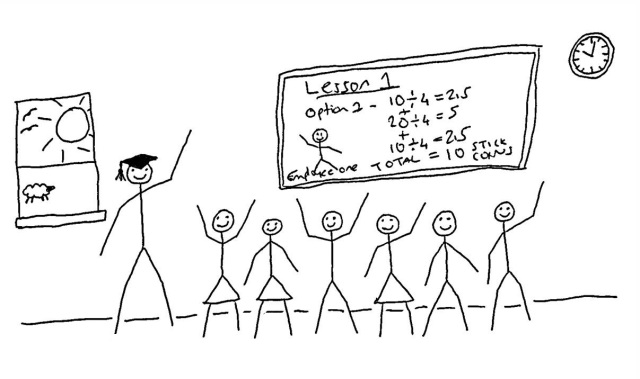
Stick Teacher’s Conclusions
Therefore, the result of today’s lesson for the Stick Children is that conventional wisdom about things like centralised functions is not always that wise. Whichever way you look at it, Option One is actually the slowest and most expensive to operate; Option Two is the ideal model from the caller’s perspective, and Option Three is probably the most cost-effective and suitable configuration for the real world.
The illusion of savings under Option One comes about because of the focus on cost-per-operator, without understanding end-to-end flow or whether purpose is achieved. It builds in waste, unnecessary handovers, disempowers staff, creates delays and COSTS MORE, whilst providing a WORSE service!
Therefore, maybe more people should try one of the other options instead.
If the Stick Children can understand this, so can you.

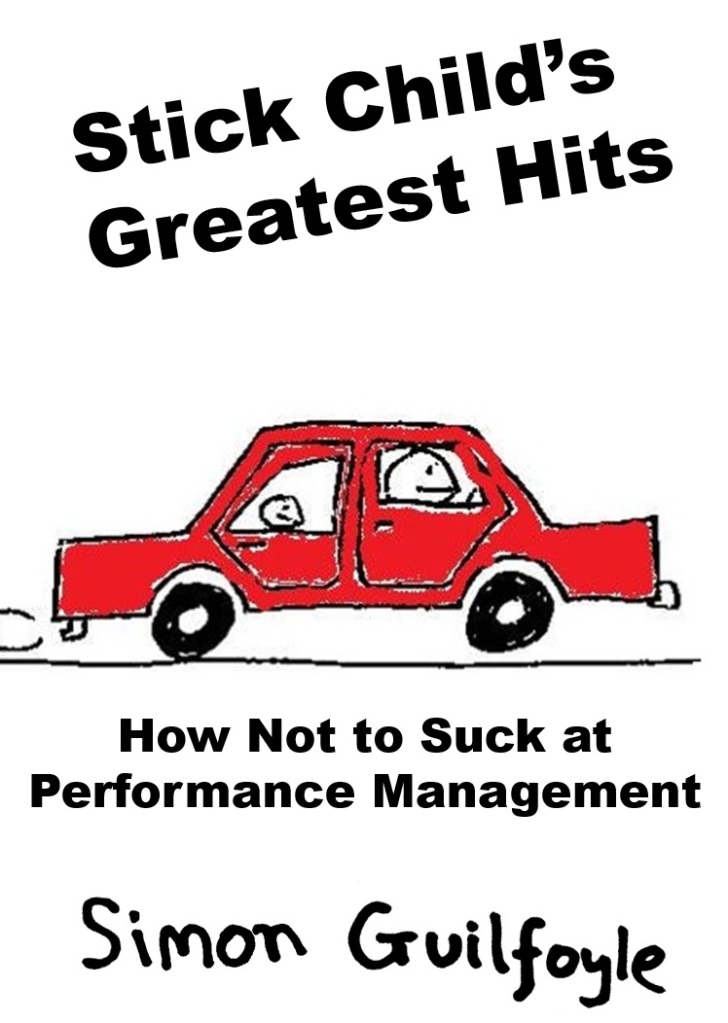



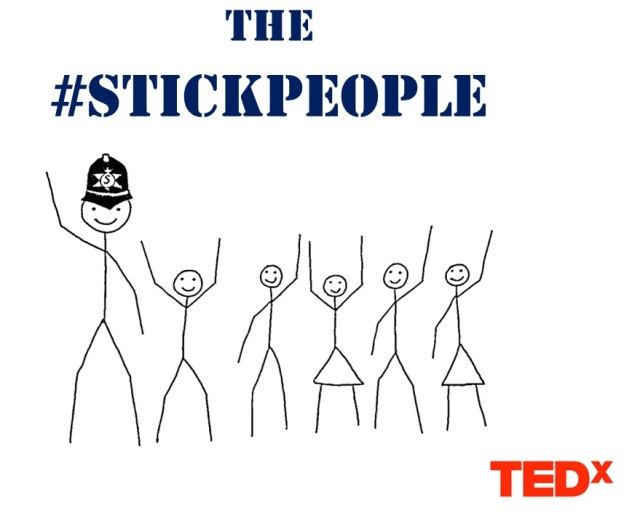



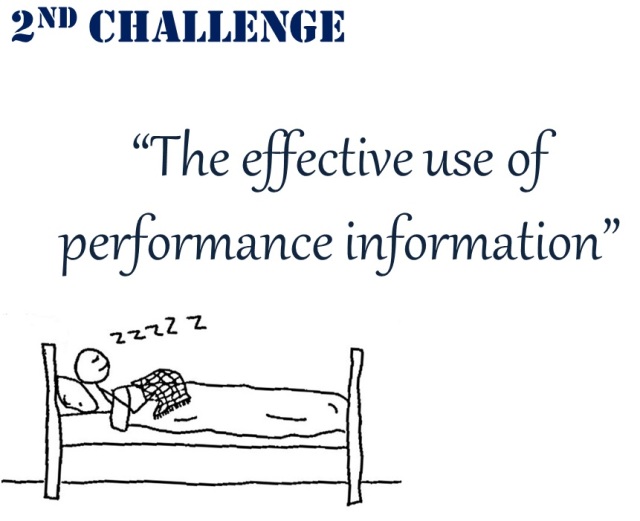
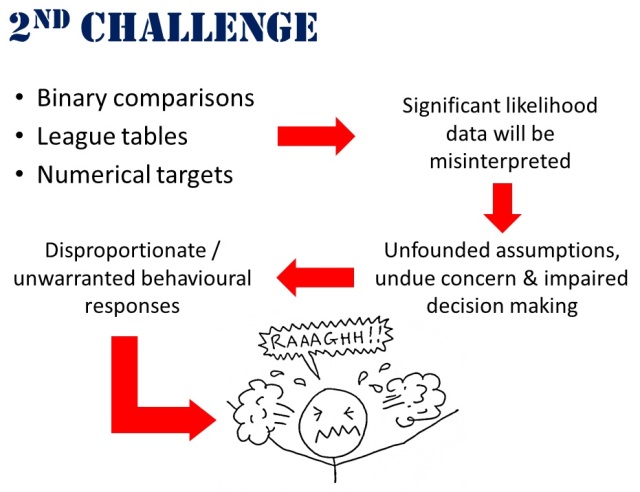
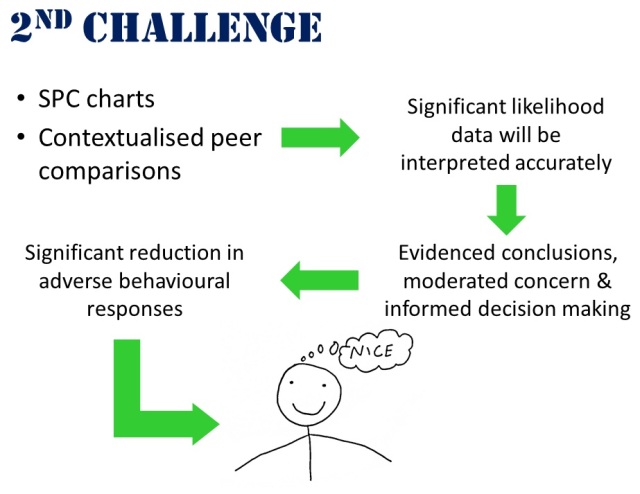
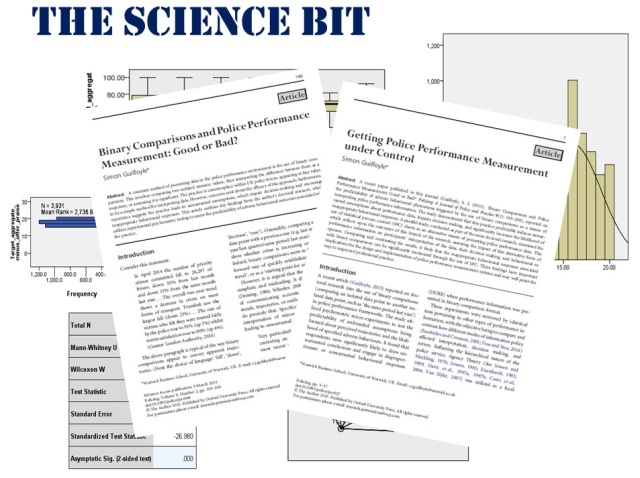
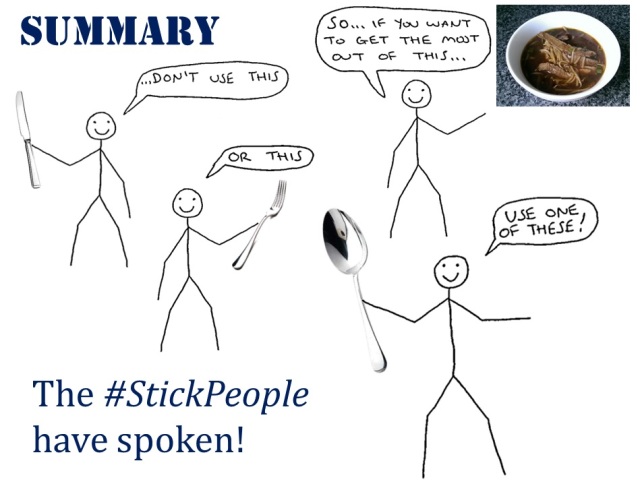



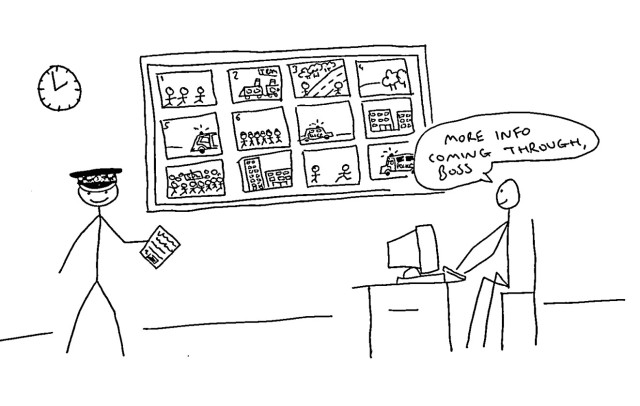
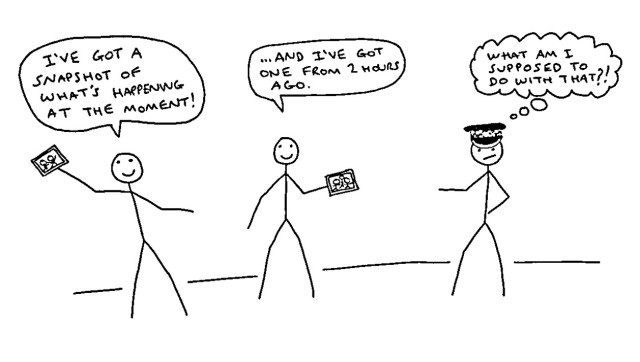

 Here’s Stick Teacher. Today Stick Teacher is going to run through a few sums with the Stick Children. Adults might find his case studies useful too. Stick Teacher is going to demonstrate how to save money whilst providing a better service – what’s not to like? 🙂
Here’s Stick Teacher. Today Stick Teacher is going to run through a few sums with the Stick Children. Adults might find his case studies useful too. Stick Teacher is going to demonstrate how to save money whilst providing a better service – what’s not to like? 🙂


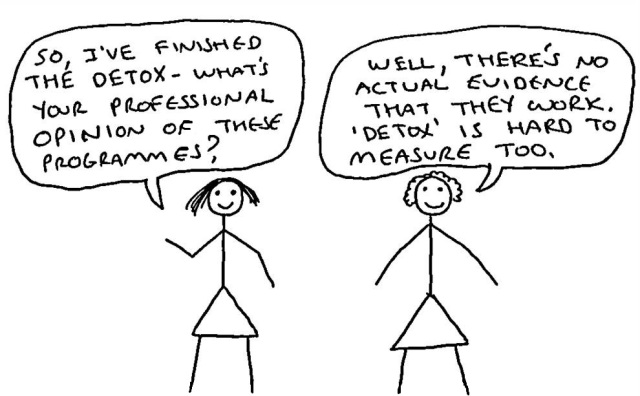


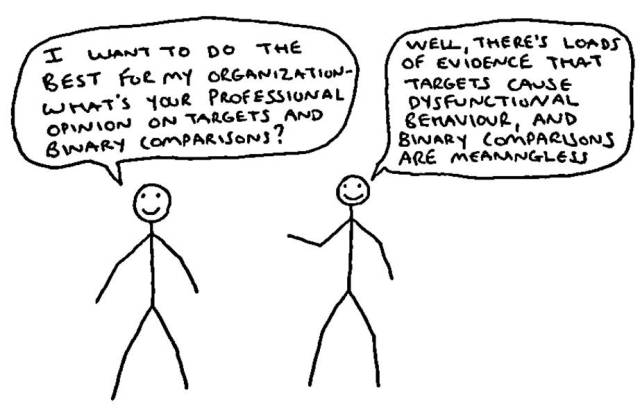
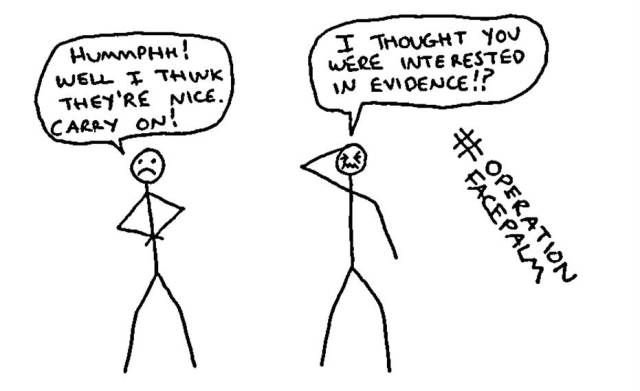

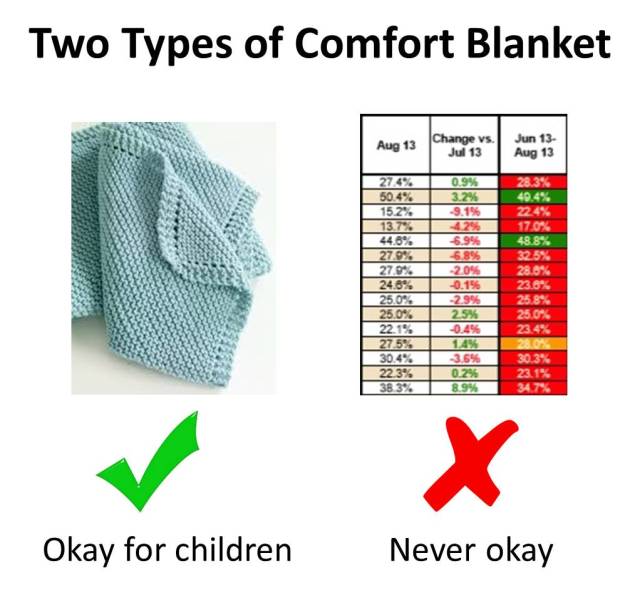
 Stick Child has been getting increasingly irritated by the slack methods some adults use to present information about really important stuff, such as how long it takes for patients to be seen in Accident and Emergency (A&E) departments. Many a time recently he’s had to do a facepalm at the way hospitals and other institutions are judged and compared against each other, supposedly to inform the public about how well each is performing.
Stick Child has been getting increasingly irritated by the slack methods some adults use to present information about really important stuff, such as how long it takes for patients to be seen in Accident and Emergency (A&E) departments. Many a time recently he’s had to do a facepalm at the way hospitals and other institutions are judged and compared against each other, supposedly to inform the public about how well each is performing.